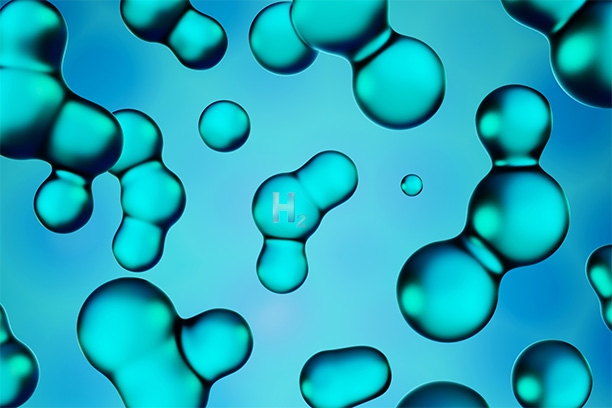
Key Highlights
- Mobilization of all available methodologies will be necessary in order to achieve a carbon neutral society. Hydrogen is expected to be an effective way to decarbonize the demand for fuel for thermal power generation, power sources for mobility, and industrial heat, and is attracting attention worldwide as a key to achieving carbon neutrality. In order for Japan to realize a hydrogen-based society, it will be crucial to stably and inexpensively supply the required amount of low-carbon hydrogen to the regions where there is demand. Hydrogen produced through methane pyrolysis (turquoise hydrogen), which is positioned as an innovative hydrogen production technology in the June 2023 revision of Japan’s Basic Hydrogen Strategy, has the potential to stably and inexpensively supply sufficient hydrogen to meet the needs of final hydrogen end-user locations.
- Methane pyrolysis is a technology to produce hydrogen (H2) and solid carbon (C) by heating methane (CH4). The production process differs from blue hydrogen in that it does not produce any carbon dioxide (CO2) from the raw materials, and instead produces solid carbon as a byproduct; this means that unlike blue hydrogen, carbon capture and storage (CCS) is not required. Because turquoise hydrogen production can utilize liquefied natural gas facilities and city gas infrastructure, little additional infrastructure needs to be developed for its implementation, and hydrogen supply chains can be established quickly and in stages. Moreover, because CCS is not required, turquoise hydrogen also has a competitive advantage in Japan from the standpoint of production cost.
- Dealing with the solid carbon byproducts created in the process of hydrogen production will be vital in order to implement turquoise hydrogen in society. For example, if 4 million tons of turquoise hydrogen is produced, which is equivalent to 30% of the Japanese government’s demand target for 2040, 12 million tons of solid carbon will be produced as a byproduct. Some of the solid carbon may be disposed of, but it is also a valuable raw material and fuel.
- Various efforts are currently being undertaken, primarily in the United States, to utilize solid carbon as a raw material for concrete and car tire manufacturing, and in the future, it is expected to be utilized in advanced applications including as a conducting agent for lithium-ion batteries. To effectively utilize this valuable resource, progress in research, development, and proof-of-concept tests —along with the system design necessary to utilize byproduct carbon— is needed. We sincerely hope that the importance of turquoise hydrogen, which is the key to the realization of a hydrogen-based society, will be fully recognized, and that the public and private sectors will actively pursue joint efforts to unlock its potential going forward.